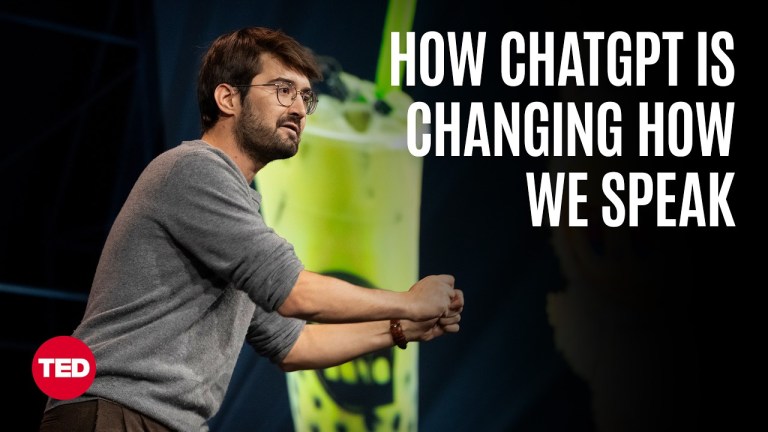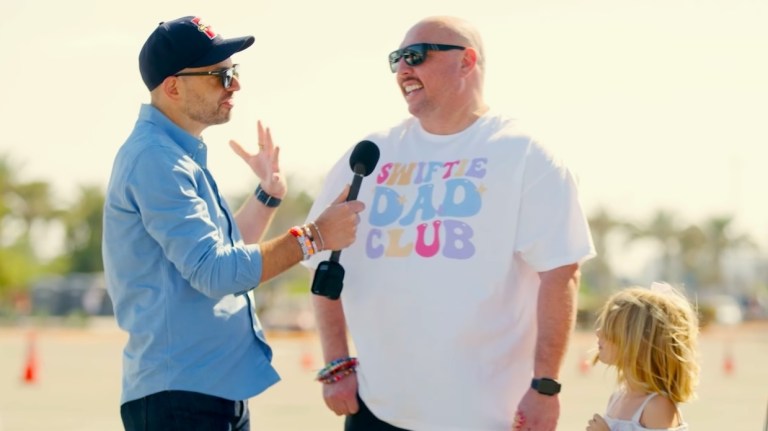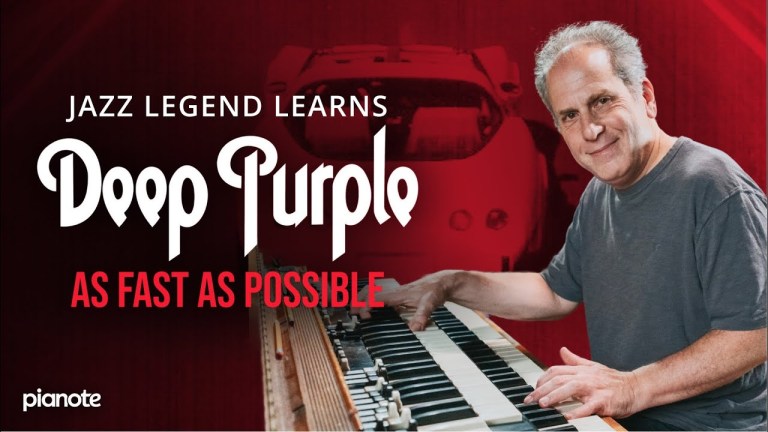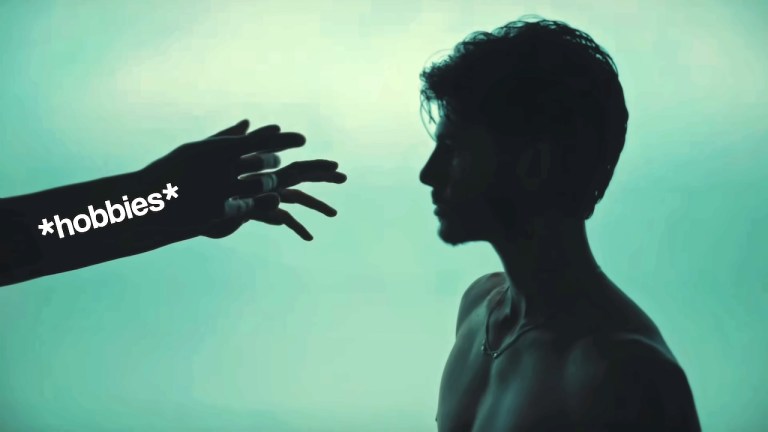How the Same Movie Scene Can Be Filmed Differently to Convey the Same Premise
Video essayist Evan Puschak of The Nerdwriter looks at how the same story can be filmed at different times and in different ways while conveying the very same premise. He specifically examines how the 1940 Ernst Lubitsch film The Shop Around the Corner was made in comparison to the Nora Ephron 1998 remake You’ve Got Mail. Setting aside the 58 year difference in technology, Puschak looks at how the same scene was filmed.
The Shop around the Corner’s cafe scene is 8 minutes and 19 seconds long and You’ve Got Mail’s cafe scene is 9 minutes and 43 seconds. The first and most important thing to notice, the thing that other differences spring from, is the number of shots used to cover the scene. In 1940 Lubitsch filmed the cafe scene in just 19 shots in comparison Nora Efron 58 years later used 133 shots for the same material.
He also notes that the difference is due to perspective in each film. Lubitsch went for the long shot, which was common in that era of filmmaking, while Efron used shot/reverse shot to quicken the pace, and control the scene during editing
Now one of these techniques is not necessarily better or worse than the other. Both have their advantages shot reverse shot for example gives a director greater control of pacing in the editing phase and it lets you use different takes and different framings like close-ups to fine-tune the emotional arc of the scene. Long two shots on the other hand tie the editor’s hands but they convey a palpable sense of time and space.
Puschak boils the quick down to the difference in how we receive information in the current day versus a bygone era.
Human attention, like cinema, is structured by the wider world. The sheer amount of information people were expected to consume and digest increased enormously from 1940 to 1998 so information was condensed into shorter faster units and this seeps into everything including our movies and their language






